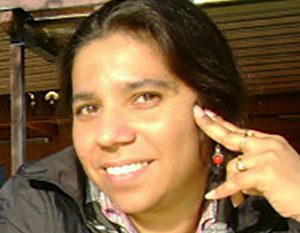As a child, I used to imagine that when I grow up I will work in a bookstore. I will sell books and in spare time read all the books. Whenever I get a chance to visit a big bookstore or Library, I feel as If I have entered heaven, my spine is thrilled with electric spikes.
This August, I got a chance to visit San Jose (Was there to attend an international conference ASONAM 2016 in San Francisco). Feeling a bit adventurous I tried Airbnb for the first time and stayed with Venna, a very sweet lady. When we reached, she suggested that since I am into computers I should visit Computer History Museum, I accepted her suggestion and am very happy that I did. The museum kindled the child in me, and once again I was back to childhood (not that I have really grown old), seeing the Babbage difference engine, the PDP-1, the Jacquard loom, I was transcended into a new world.
This August, I got a chance to visit San Jose (Was there to attend an international conference ASONAM 2016 in San Francisco). Feeling a bit adventurous I tried Airbnb for the first time and stayed with Venna, a very sweet lady. When we reached, she suggested that since I am into computers I should visit Computer History Museum, I accepted her suggestion and am very happy that I did. The museum kindled the child in me, and once again I was back to childhood (not that I have really grown old), seeing the Babbage difference engine, the PDP-1, the Jacquard loom, I was transcended into a new world.
 |
The museum showcased the history of computers bringing them back to life through their gigantic exhibits. The exhibition Revolution: the first 2000 years of computing started with Abacus, the world’s first computer, the audio explained how to use them for calculating. |
| Here you can see the IBM 402, the Accounting Machine built by IBM. Information was given to it in form of punched holes. These punched cards were arranged in a sequence by a sorter. It could prepare account reports and then print them. It had various Counter units and addition units (the counters were made using wheels). It could perform Addition, subtraction, creation of account report and its printing | 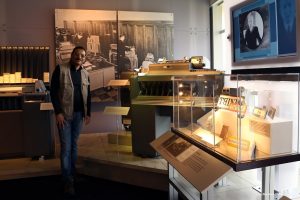 |
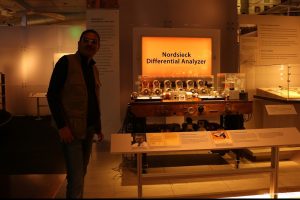 |
Differential Analyzer could solve differential equations by integration. Initial differential analyzers were also mechanical and employed wheels and disc to perform the integration. They were first constructed by Hazen and Bush at MIT. Bush gave it the name differential Analyzer. The History Museum has Nordseick’s Differential Analyzer, this uses electrical connections instead of mechanical shafts. It was priced at $700. It was an analog computer. |
| TRICE (Transistorized Real-Time Incremental Computer expandable) offered best of both world, it combined analog and digital. Made in 1964. It operated in parallel. Made up of only 250 transistors!!! | 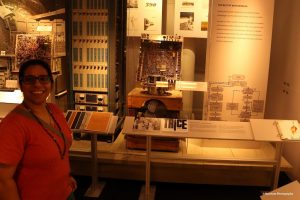 |
| This is ENIAC, one of the earliest general-purpose computer. It was digital and had the capability of reprogramming.
The exhibition also had the various robots, the experiments with AI, and the Google self-driving Car. |
 |
 |
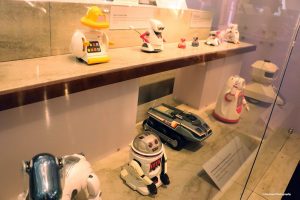 |
It was a day well spent!! For all computer lovers, a place that should be on must visit list.
P.C. Narotam Photography
